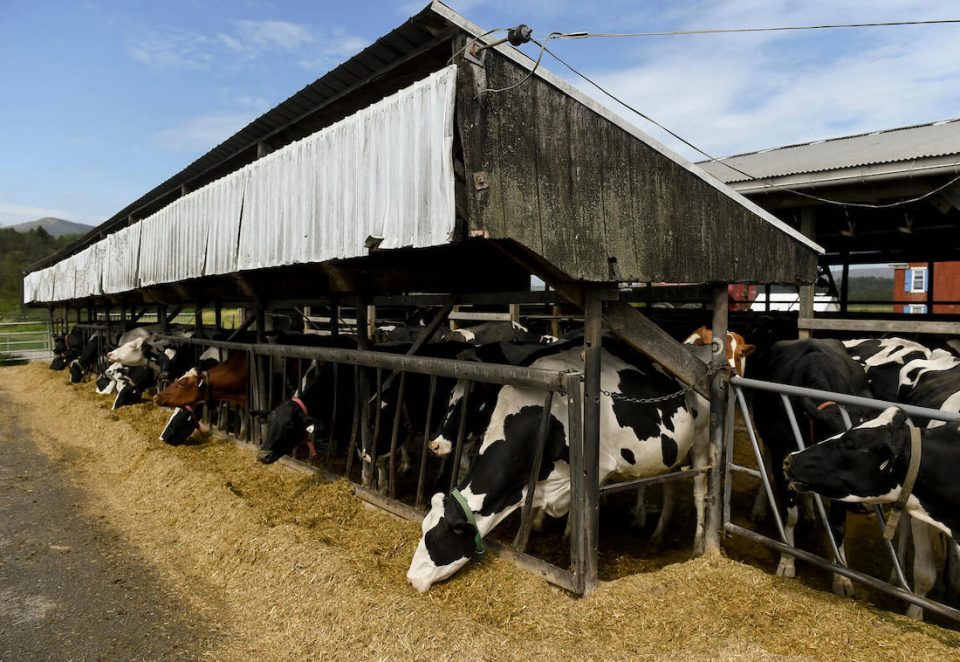And not knowing the exact location of thousands of animal feeding operations makes it harder for regulators to find the source of a manure spill or to know which areas are CAFO-dense and should be closely monitored for pollution, Miller said.
In 2013, after the livestock industry resisted EPA efforts to gather information on CAFOs nationwide, the agency instead requested CAFO databases from each state, creating an extensive federal CAFO database for the first time. The Natural Resources Defense Council then filed a Freedom of Information request for that database. The EPA complied, mailing the NRDC a disk with all of the information they’d gathered from 30 states, including the names and addresses of thousands of farmers.
Citing fears of surveillance or compromised biosecurity, the Pork Producers Council and the American Farm Bureau Federation sued EPA, claiming that by releasing names and addresses, the agency had endangered farmers and their livestock. The litigation lasted until 2016, when a judge ruled that EPA had improperly released farmers’ information and blocked the agency from collecting and publicizing such data in the future. The NRDC returned the unredacted data.
“The pork industry has a long track record of working cooperatively with numerous stakeholders and has never hesitated to share information and data when it was warranted with appropriate government officials and legitimate researchers,” NPPC spokesperson Rachel Gantz wrote in an email to the Midwest Center. “NPPC will continue to vigorously defend the rights and privacy of its producers.”
Gantz declined when asked to provide specific examples of when the NPPC has provided industry data to government officials or researchers.
Iowa officials become “little detectives” in search for missing CAFOs
Much of the fight over CAFO management in the Midwest has played out in Iowa. Bunka got involved nearly 15 years ago with an environmental organization named Iowa Citizens for Community Improvement.
In 2007, the group filed a petition with EPA, asking federal authorities to investigate the Iowa Department of Natural Resources and seeking stronger enforcement of environmental protection rules. The EPA ignored the petition, however, until Iowa CCI threatened to sue for inaction in 2011.
The threat kicked EPA into gear, and District 7 of the agency conducted an investigation of the Iowa DNR in 2012.
Investigators found that the Iowa DNR didn’t issue NPDES permits when appropriate, didn’t conduct enough inspections of unpermitted facilities to determine if they needed a permit, failed to act on permit violations in nearly half of the reviewed cases, didn’t impose adequate penalties against rule breakers, and didn’t enforce federal rules governing where CAFOs could and could not be built.
From 2013 to 2018, EPA and Iowa DNR worked together to address the issues pointed out in the report.
Iowa CCI got involved in the plan by petitioning the Iowa Environmental Protection Commission, a politically-appointed group that oversees the state DNR. For nine months, Bunka traveled across rural Iowa, visiting local events like farmers markets and fairs. She gathered signatures for a petition asking the commission to enact stricter regulations and permitting requirements for CAFOs.
Bunka collected more than 2,000 signatures. She brought the signed papers to the Iowa CCI offices, where staff made photocopies and taped all the papers together before bringing the long list of names to a meeting of the Iowa Environmental Protection Commission, a politically-appointed board that oversees environmental policies in the state.


